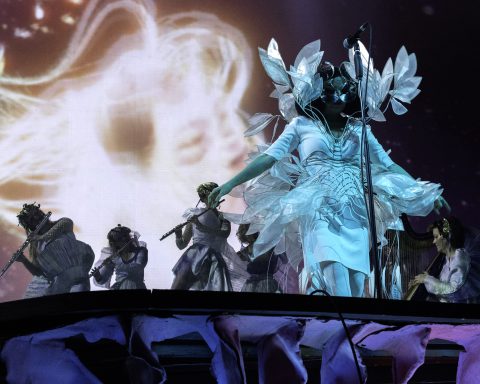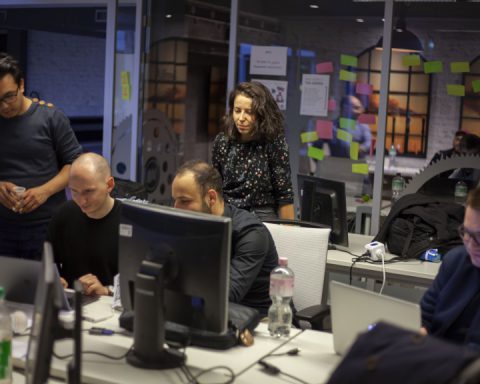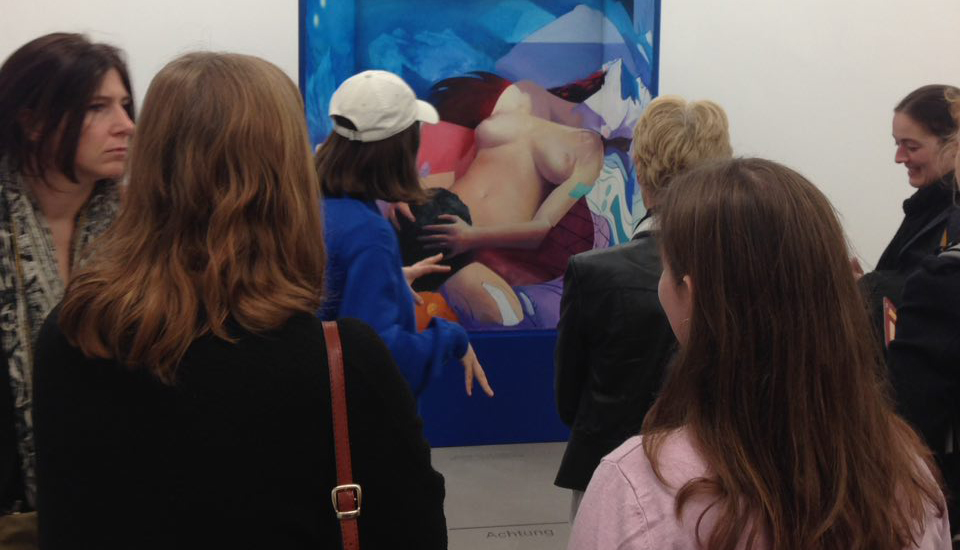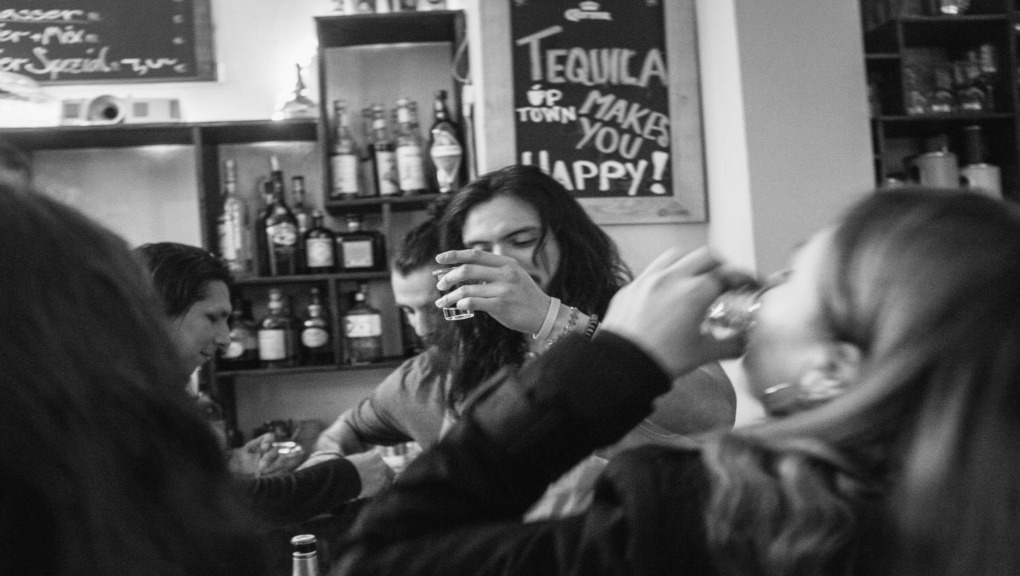It all started with raspberry jam and a calculator, but I’ll come back to that.
During a Sunday morning read of Matt Haig’s The Humans, the game-changing revelation rolled out in front of me like a red carpet:
That was the price of human civilization – to create it, they had to close down the door to their true selves. And so they are lost, that is how I understand it. And that is why they invented art: books, music, films, plays, painting, sculpture. They invented them as bridges back to themselves, back to who they are. But however close they get, they are forever removed.
Forever removed.
In typical “Gen Z” fashion, my train of thought arrived at social media.
Is social media a modern bridge back to ourselves?
Can it be equated with art? We use it to creatively express ourselves, don’t we?
In an age where we are more digitally connected than ever, we are also more disconnected socially and mentally. We often forget that social media was designed to be addictive. Creators pump millions into researching what fixates humans.
While we’re jumping on robotic bandwagons, the human aspect fades into the background, replaced by a handsome cartoon avatar. We find ourselves zigzagging through crowds of down-turned heads to reach bus stops straight ahead.
It’s not all bad though, is it? When my pride and joy, Manchester City, plays a match, Twitter keeps me up to date with all the scraps, near misses and goals. When my favorite influencer “goes live” to rant and rave about her lunatic children, an Instagram notification pops up on my home screen. My brother in Australia finds a hilarious Tommy Tiernan YouTube video to share with his equally-hilarious siblings. He sends it via the family chat and, within seconds, we’re all sending a line of “laugh-face” emojis to convey our real laughter.
Scrolling, following, retweeting, hash-tagging, squinting, cramped fingers… hasn’t it all become so very unhealthy?

I was ten years old, scuttling through the door after a long day at primary school. My father was busy lathering jam on a slice of soda bread about to be destroyed with banana, the classic. As always, he asked about my day and if I had learned anything.
Amidst folklore tales of knowledgeable salmon and swan children, I told him we were asked to bring calculators in for the next maths class. The jammy knife slipped from his fingers and fell to the ground, leaving “blood” spatters on the God-awful terracotta tiles my mother doted over. A string of swear-words was knotted by one of the greatest pieces of advice I have ever received:
“Don’t become too dependent, kiddo. Listen to your brain.”
Lest we forget the lessons of our gadget-less childhoods. The derring-do of our storybook heroes inspired us to imitative feats in makeshift fortresses made of old paint-speckled bed sheets. We didn’t need to peruse countless Pinterest accounts to spark creativity – it was already within us. The silliness of shoe-wearing, the unchastised recklessness, the leather soccer ball that had seen better days, the infinite freedom. Only dependent on the ones rearing us.
We then grew to become teenagers and an alien species invaded our homes in the form of a small radio-like box with blinking lights. It went by the name of dial-up and it made its presence known.
In retrospect, I realize how that calculator heralded the beginnings of a societal obligation to depend on a gadget to “see results.” The PC and dial-up internet succeeded it. Then came the laptop and that faithful companion, my directional compass, my wing-man, my library of information – the mobile phone.

Putting your best face forward seems to be the daily bread for many individuals these days.
The onset of technology created a cyberspace that is both a direct product and a producer of the worldly cultures that pretty much define us. The digital-first driver that takes us from A to B (and does most of the work on our behalf) shapes our culture today. Tech also satisfies an attention-seeking philosophy that feeds on innate extrinsic motivations.
We’ve all been there – that instant disappointment when your Insta post doesn’t reel in as many likes as you thought it would. The compulsion to tweet about the book you’re reading because you want your followers to know you’re reading it. The ludicrous selfies. We’re infatuated with maintaining an attractive online profile. And what’s more, we suffer from FOMO – that’s the “fear of missing out” for you non-millennials.

Do we do it to make us happier or do we do it to cope with the anxieties of modern life? Probably both. We’re fighting a war for attention and belonging. Our childish preoccupation with applause and our deep-seated desire to be heard are satisfied by the internet social sphere.
Even the internet has limits, though. Seeking positive attention too openly will get you branded as narcissistic.
Still, it would be unfair to imply that extrinsic motivations only exist within the cyber sphere. We’ve all been guilty of showing our face at a party we have no interest in attending, just to keep the peace.
We’ve come a long way since calculators. On average, we spend five years and four months swiping our lives away on mobile phones. When the jammy knife hits the tiles, don’t be afraid to pull yourself back from it all.








